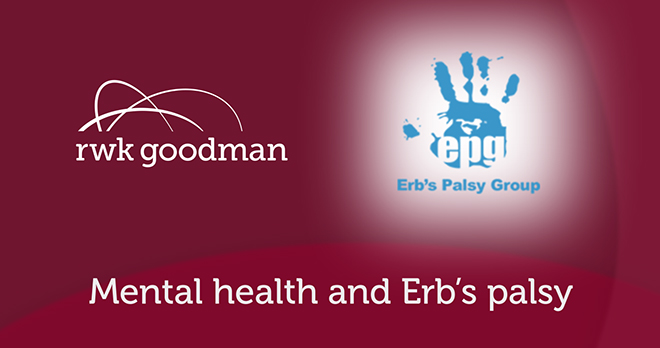Erb’s palsy and brain injury

We are seeing increasing numbers of clients who have brain injury alongside their Erb’s palsy injury. This is because the baby getting stuck can also result in a period of lack of oxygen and so (usually mild) brain damage.
Given that the brain injury is usually mild, this can be missed initially. It is therefore very important that your legal advisor carefully explores all possible injuries to ensure that mild brain damage is not overlooked. The symptoms of a brain injury may only become apparent when a child starts secondary school and has to do more for themselves.
Symptoms of mild brain injury can include being slower to process information and so carry out everyday tasks, memory problems, being slower to do things than their siblings e.g. learning to read, and increased tiredness.
What are the long-term effects of shoulder dystocia?
Shoulder dystocia can result in debilitating permanent nerve injury and hypoxic brain injury. Erb’s palsy is one of the most severe injuries that can arise from shoulder dystocia. Erb’s palsy can be permanent and very limiting for sufferers.
Another long-term effect that can occur in the event of shoulder dystocia injury is cerebral palsy. If shoulder dystocia is not recognised and managed well, patients can sustain hypoxic brain injury.
Can you sue the NHS for cerebral palsy and Erb’s palsy?
In order to bring a claim for damages against the NHS or other treatment providers, a claimant must satisfy two legal tests, namely breach of duty and causation. Breach of duty refers to the failure of a medical professional to uphold a reasonable standard of care, when compared to a reasonably qualified specialist in their field of expertise. Causation refers to injury or harm suffered as a result of breach of duty.
One of the most common examples of breach of duty in Erb’s palsy claims are cases in which risk factors for shoulder dystocia were evident, but the mother was not advised of the potential adverse outcomes or the possibility of caesarean section and as a result injury occurred. Another example are cases in which the established emergency steps for managing shoulder dystocia were not followed appropriately.
How many years do you have to sue the NHS?
Clinical negligence claims have a strict limitation date of three years less one day from the Date of Knowledge. The date of knowledge is the day you first became aware of potential negligence. Once that period has passed, you may be statute barred from investigating a potential claim for negligence. For children under age 18, the limitation date does not start running until their 18th birthday.
It is important to say that clinical negligence is a very complex area of law and cases often take years to resolve. Cases concerning children take even longer to resolve as often clinical negligence specialists have to await for the claimant to reach maturity in order to fully explore the potential damages.
There are rare circumstances in which limitation can be extended or suspended. In order to avoid any potential risk, please seek advice from a legal specialist as soon as you consider that you or a loved one may have suffered injury as a result of negligence.
If your child is living with Erb’s palsy as a result of medical negligence at birth, our legal specialists may be able to help you seek compensation.
Call now





